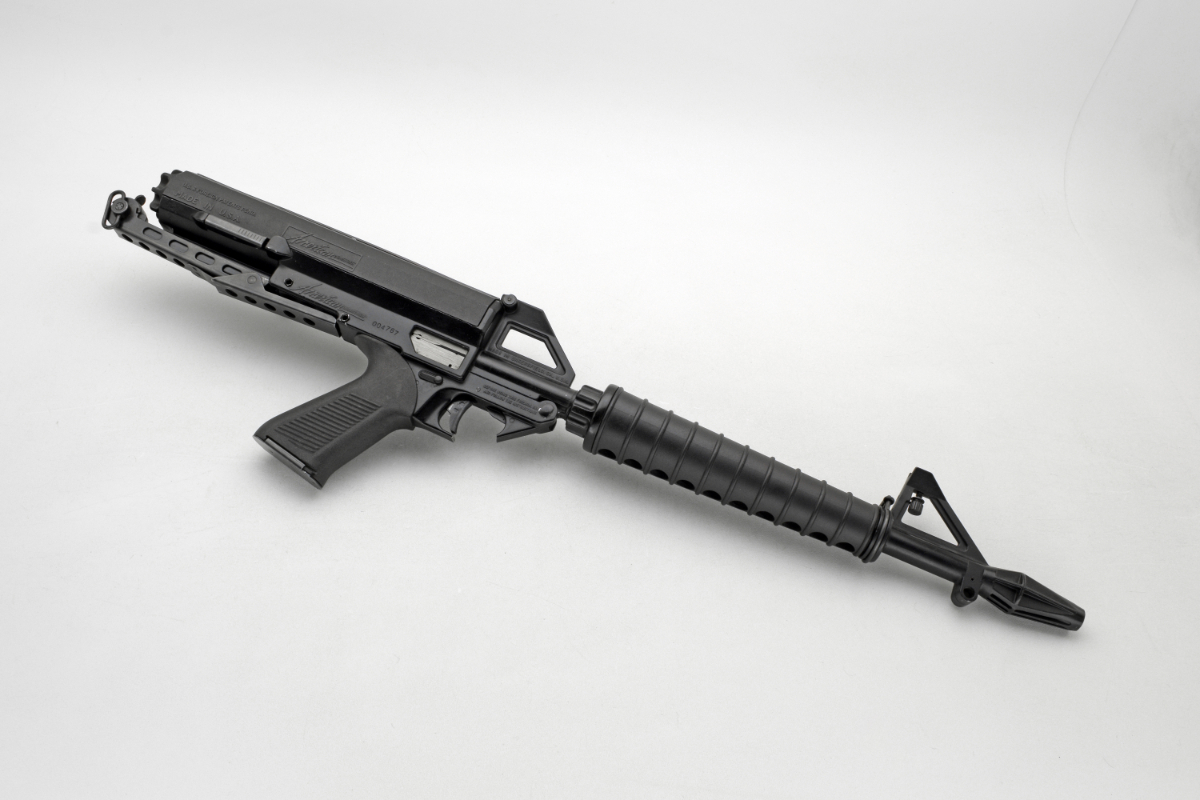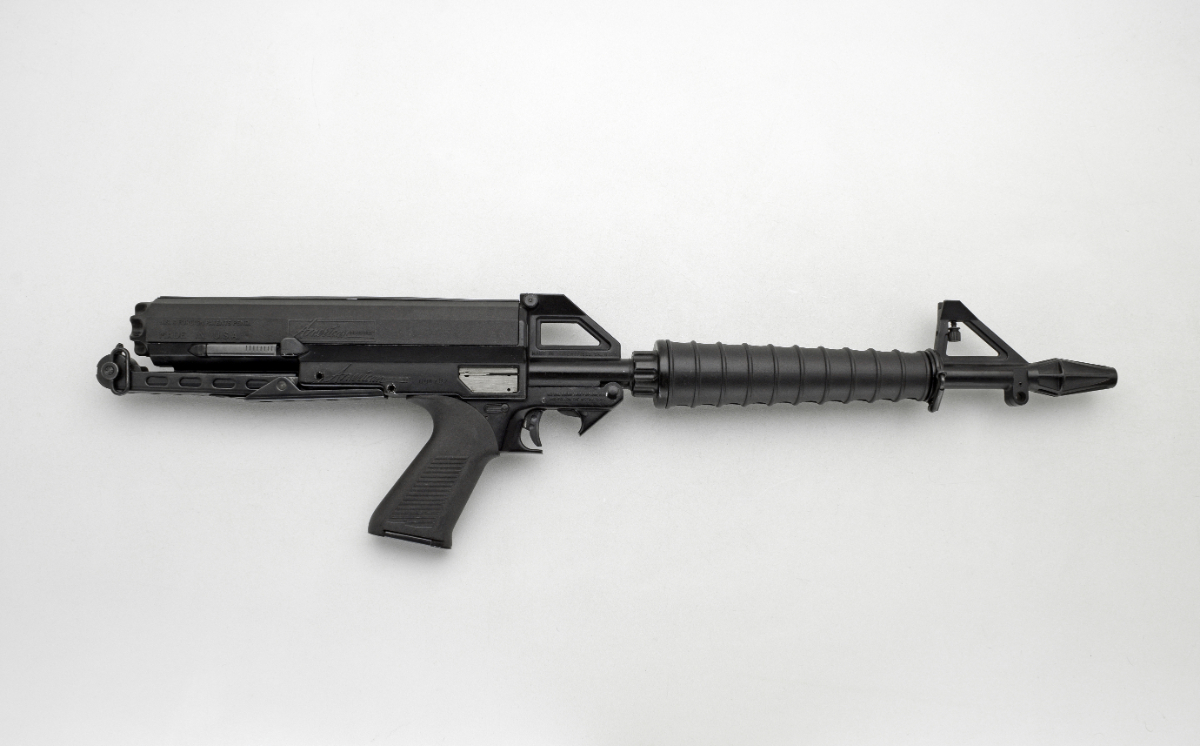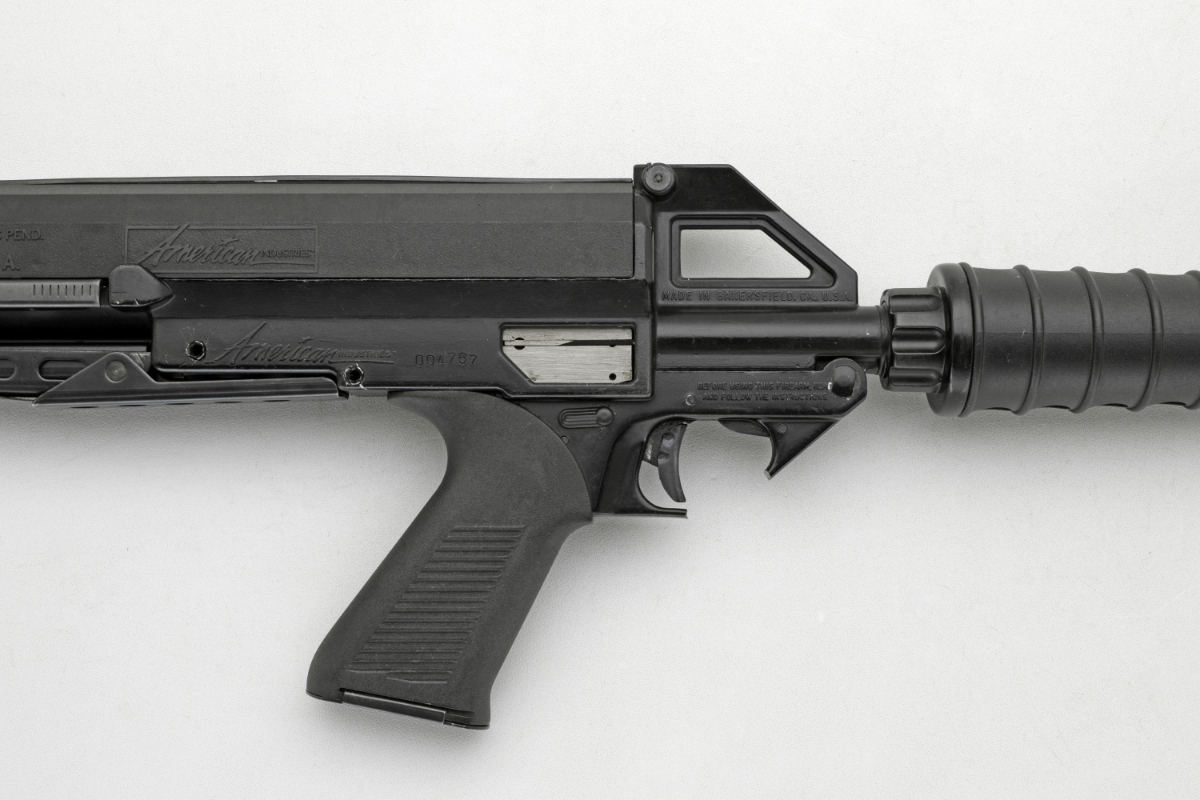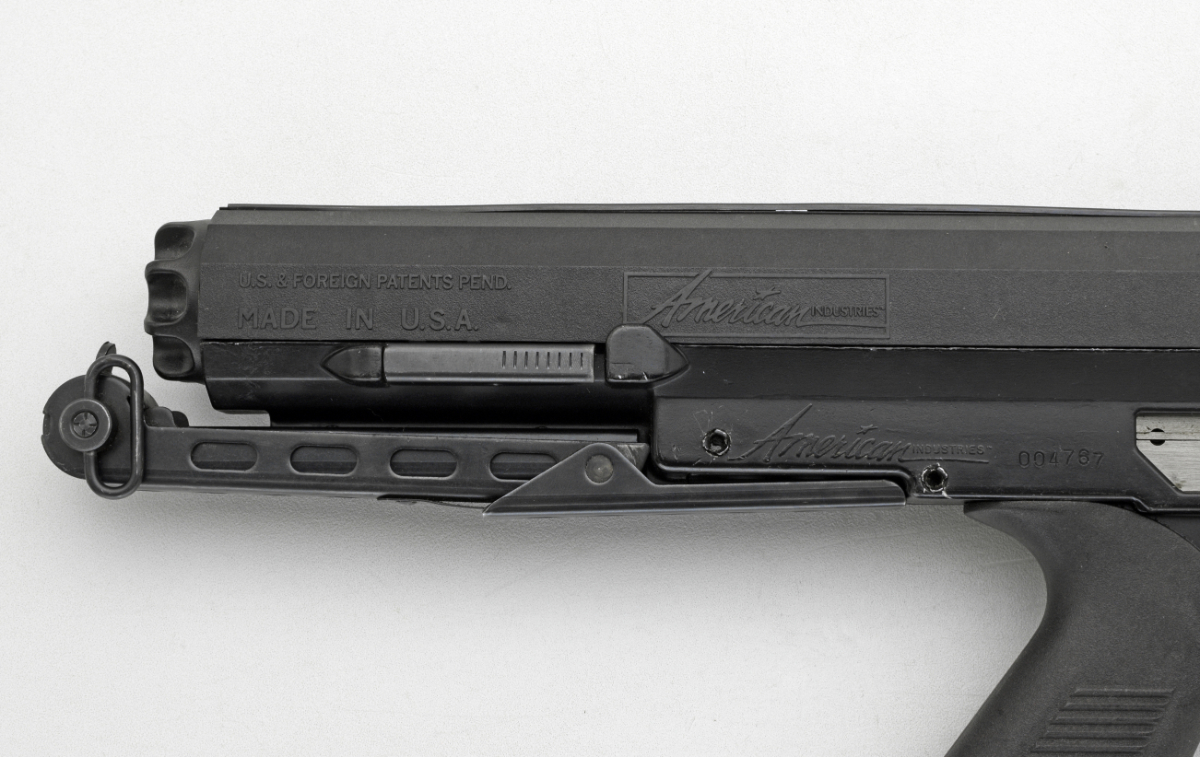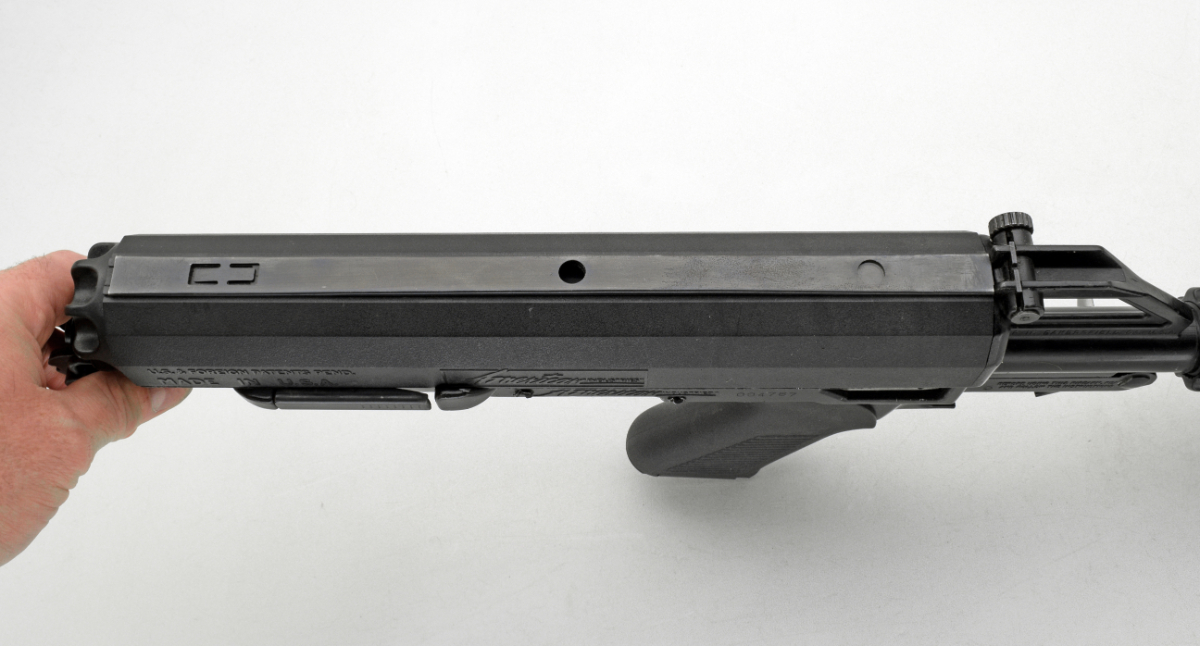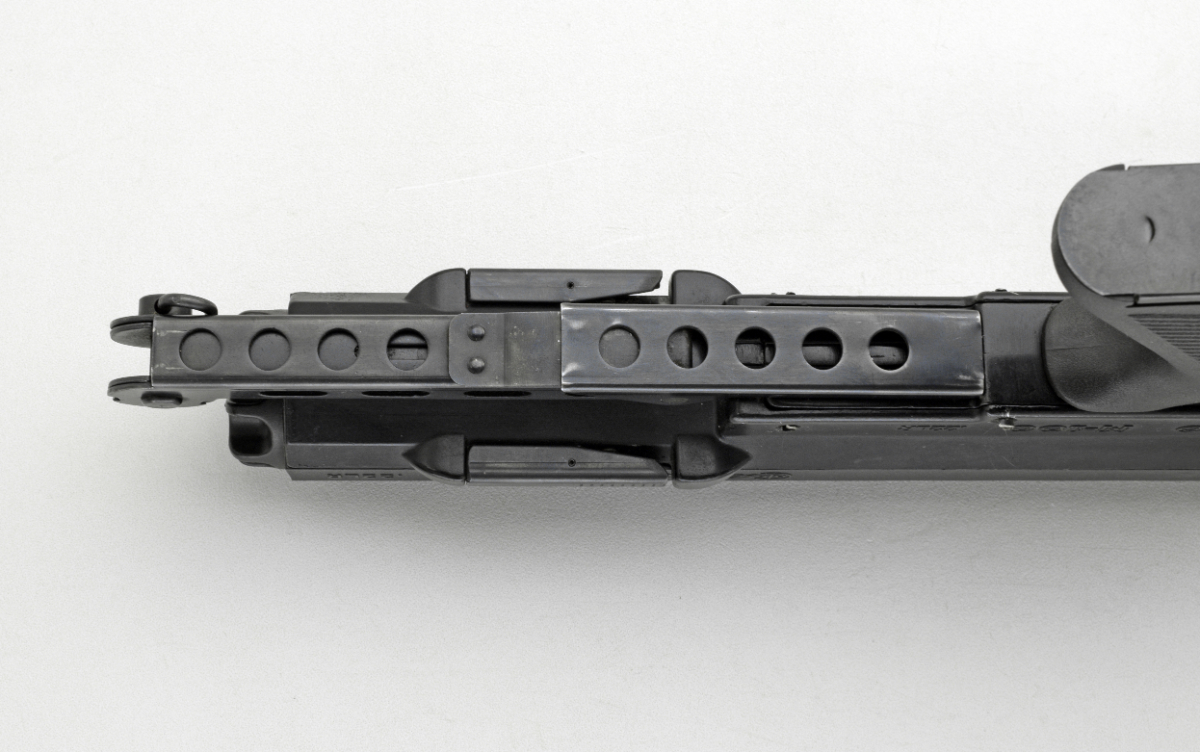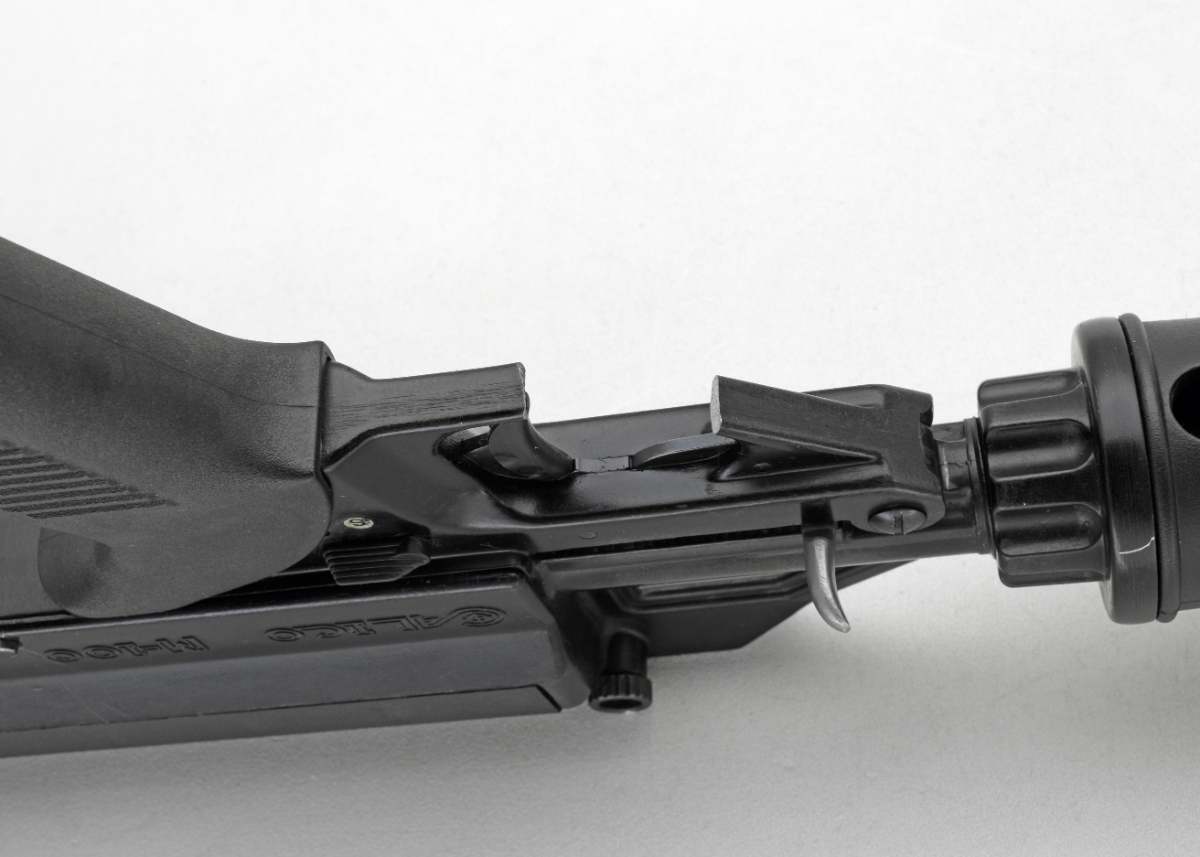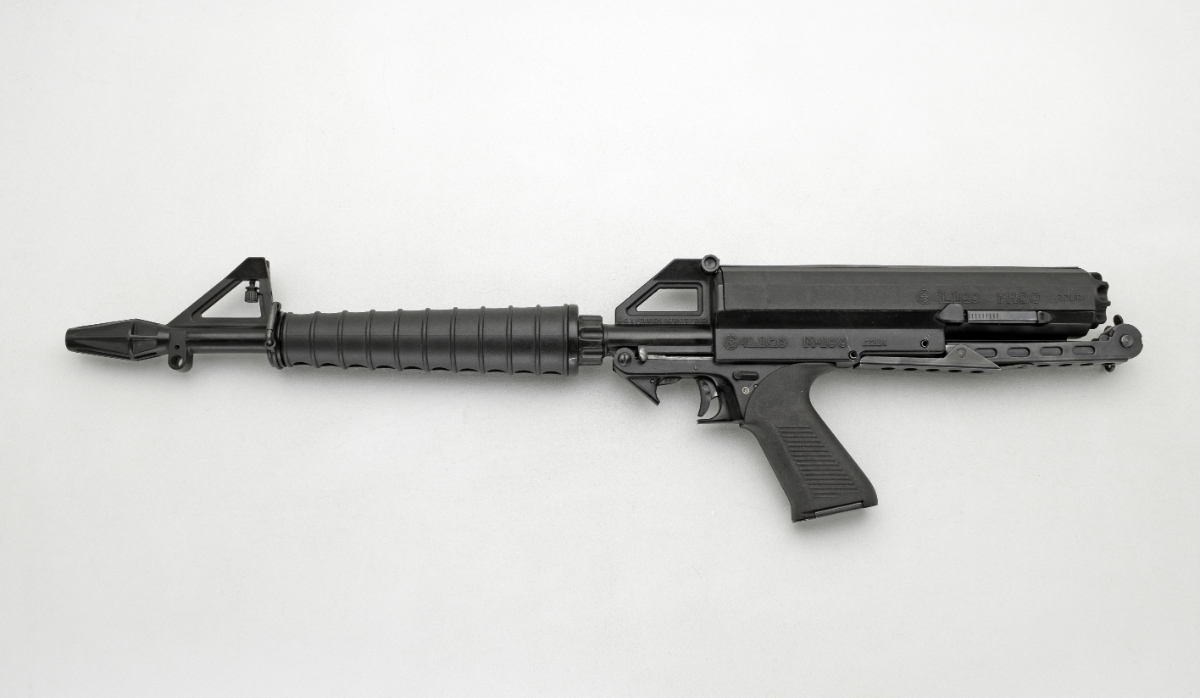Category: All About Guns

Bonnie and Clyde, the names are known in every American home. Most picture two star crossed lovers committing crimes in dust bowl era America. Robbing banks, stealing cars and living wild and free. In reality, Bonnie and Clyde were cold-blooded killers running in a gang of cold-blooded killers. Their gang murdered 13 people and died as violently as they lived. Along the way, they collected quite the arsenal, and today, we are going to take a peek behind the curtain to see what armed the Parker-Barrow gang.

We won’t go over every single firearm in their massive arsenal, but we want to cover some of the more interesting weapons wielded by the gang. They had dozens of guns, but it’s clear which guns they were partial to.
Barrow’s BAR, aka the Scattergun
Where does a two-bit chump like Clyde get a Browning Automatic Rifle? Well, he stole one, well actually, he stole three, from the Missouri National guard. The BAR was a magazine-fed, fully automatic rifle that chambered the .30-06 Springfield cartridge. The BAR provided a ton of firepower, and Barrow loved his gun.
He took a hacksaw to the barrel and stock and trimmed the gun considerably. He cut the barrel back as far as he could and left a pistol grip akin to something you’d see on a sawn-off shotgun. The now smaller weapon allowed Bonnie and Clyde to use the weapon in and out of the vehicle. BARs are big guns, and if you’re a motor-borne bandit, something shorter is more maneuverable.

He called it the scattergun. We might call shotguns scatterguns because of how they disperse shot, but Clyde called it the scattergun because when he pulled it, people scattered. The full-auto .30-06 rifle could rip through the vehicles of the day and took any kind of cover away from law enforcement.
The magazine-fed gun easily outgunned officers armed with revolvers and shotguns. In the Bonnie and Clyde death car, they found three BARs and 100 round loaded BAR magazines.
Bonnie and Clyde and The Whippet Guns
Bonnie’s preferred weapon was supposedly a 20 gauge semi-automatic Remington Model 11. Bonnie was the definition of petite, and the light recoiling semi-auto 20 gauge was likely light and handy for her. A second 12 gauge variant of the same gun was also known to be used by the gang.

Clyde trimmed back the barrel and stock to make the classic sawn-off shotgun we all know and love. He called these Whippet guns. They could be hidden under a coat, and ‘whipped’ out when needed. The semi-auto action and some loads of buckshot made them intimidating weapons. The famed photo of Bonnie pointing a gun at Clyde shows the 20 gauge Remington Model 11.
The Model 11 was an American variant of the Browning Auto 5. This recoil operation shotgun was one of the first successful semi-auto shotguns. This pattern weapon was extremely popular, and it’s not a surprise Bonnie and Clyde ended up with the gun.
The Winchester Model 1901 – A Heavy Hitter
My favorite gun found in possession of Bonnie and Clyde was the Winchester Model 1901. The 1901 succeeded the 1887 as Winchester’s lever-action shotgun of choice. This particular model chambered the mighty ten gauge shotgun cartridge. The Winchester 1901s came to be because 1887s couldn’t utilize the more powerful smokeless powder shotshells.

The Model 1901 did not come in 12 gauge because Winchester didn’t want to compete with their own 12 gauge model 1897. The gun came with a massive 32-inch barrel which, if you’ve followed the theme, was trimmed considerably. Interestingly enough, Clyde wasn’t an idiot. Handling a 12 gauge or 20 gauge Remington Model 11 without a stock is doable.
Handling a ten gauge anything without a stock is a lot tougher. They trimmed the barrel but left the stock in place. This made the weapon controllable and offered some thunderous power. The 1901 wasn’t a popular gun, and only 13,500 were produced, and one ended up with Bonnie and Clyde.
The Handguns of Bonnie and Clyde
While we covered three very interesting long guns, it’s worth noting they had a pile of handguns. In fact, the car they died in held seven M1911 pistols. The famed handgun was in use by the Army at the time and represented a very modern handgun for 1930. It offered faster reloads and more rounds than revolvers.

On top of that, they found a Colt M1903 in their vehicle. This little 32 ACP pistol was a popular gun for lower-profile carry. Compared to the 1911, it was much smaller with a lot less recoil. I wouldn’t be surprised if this was Bonnie’s handgun. She was 4 foot 11 inches tall and weighed 90 pounds. Her hands were likely small, and the M1903 like sat well in her hand.
We know she used a Colt Detective special. This little gun was found taped to Bonnie’s thigh. It was likely hidden under a dress and rather easy to access. The little 38 Colts were rock solid guns and were reliable to a fault.

Finally, the Bonnie and Clyde gang had a Colt Model 1909 Revolver. This 45 Colt revolver offered a modern double-action design with a flip-out cylinder in the proven 45 Colt cartridge. This six-shooter brought the thunder and was a modern design in a classic cartridge.

An Arsenal
It seems like the gang led by Bonnie and Clyde were more attached to firearms than gangs before them or after them. Sure, some guys had their favorites, but Bonnie and Clyde had a car full of guns and ammo. The fact they heavily modified the weapons os extensively showed some insight and some tactical prowess. Id’ love to be able to pick their brains, but unfortunately, Frank Hamer and his crew removed them. All I can do is examine and assume, and I think my assumptions are fair.
WTF is it?

I don’t think so!

Clever!

A Beretta Model 70S in .380 ACP
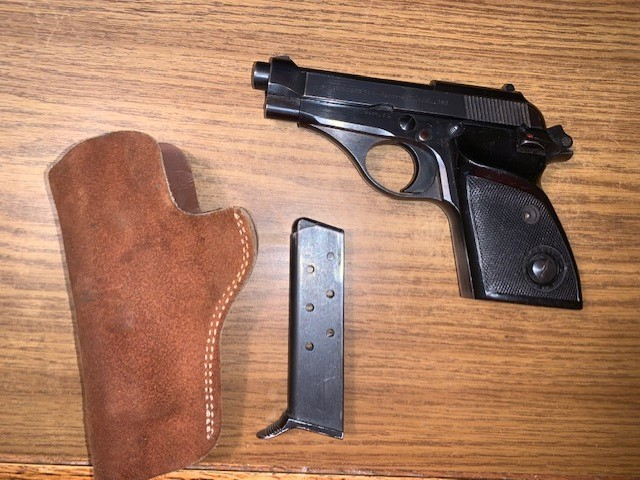
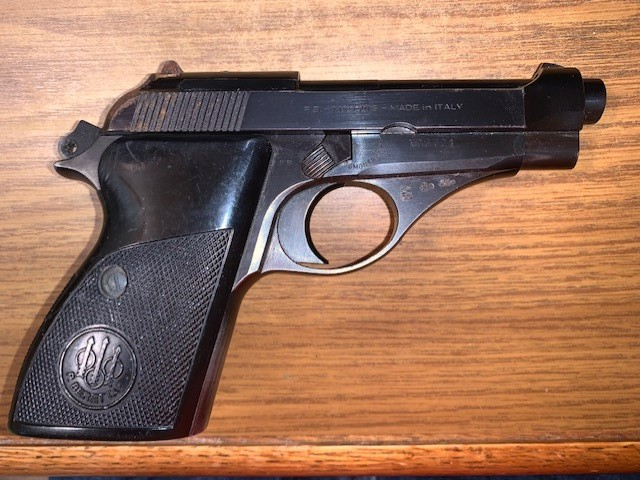
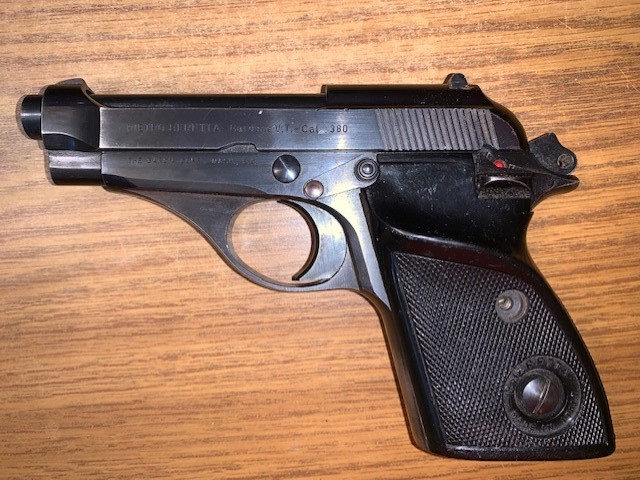
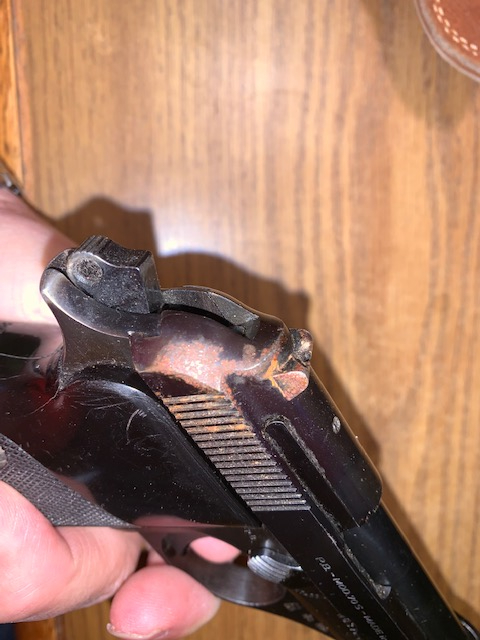
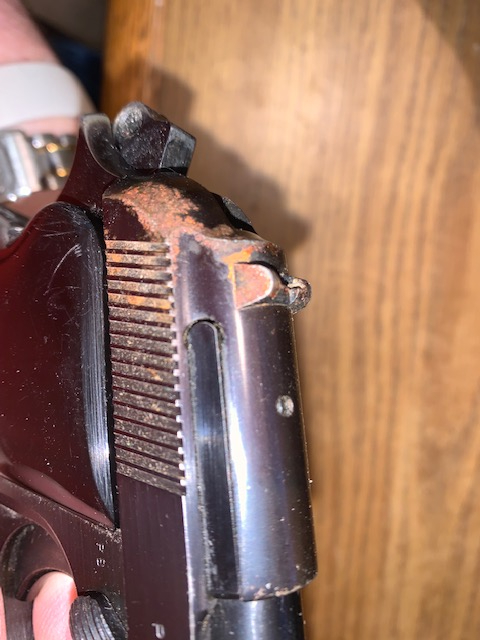
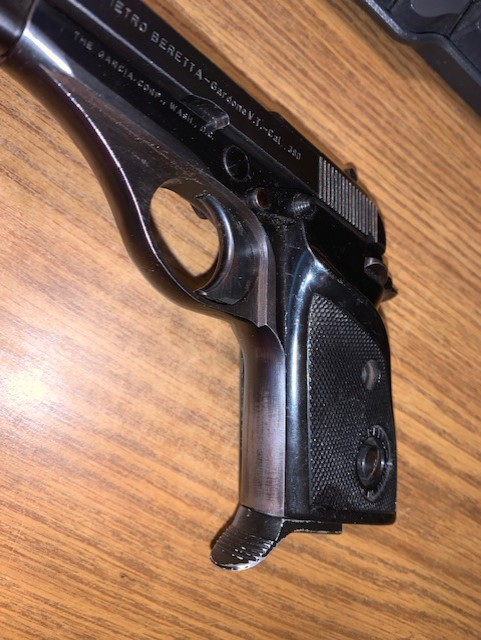
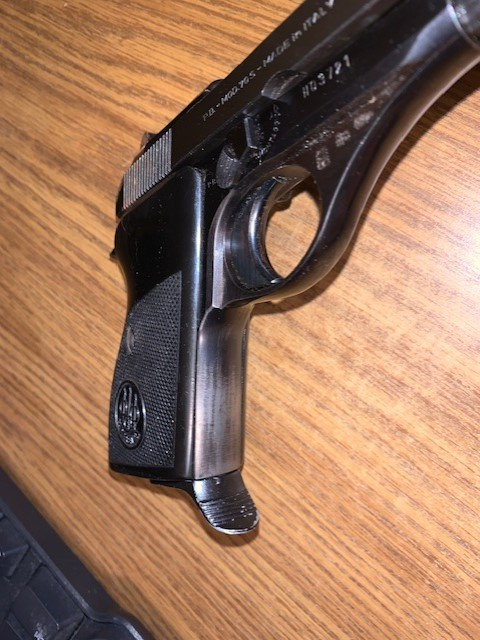
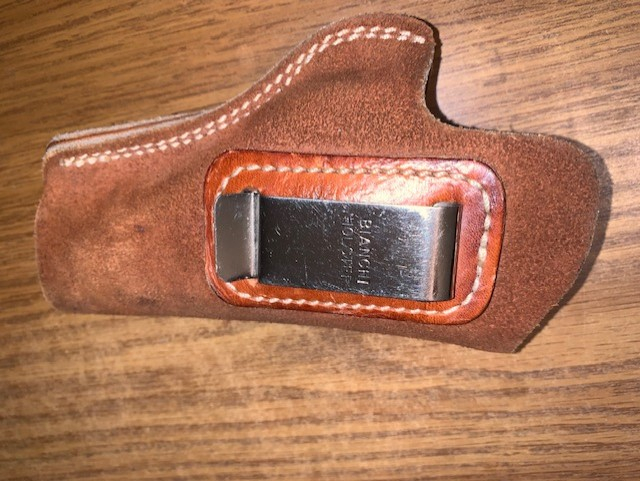
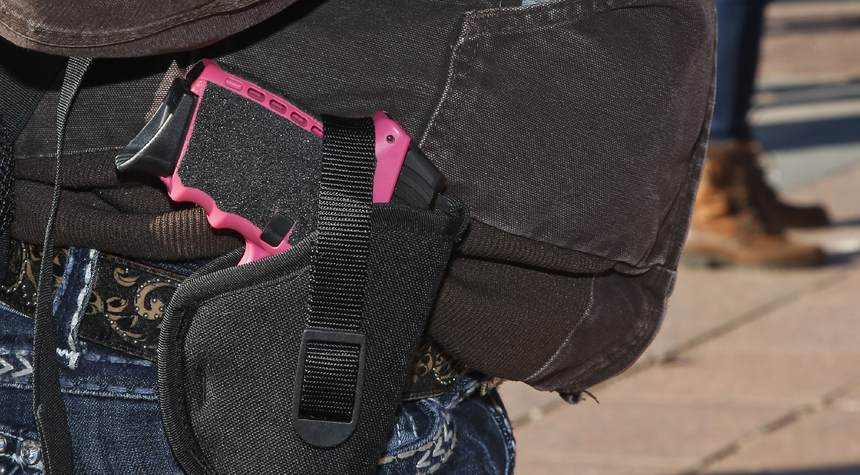 AP Photo/Sue Ogrocki
AP Photo/Sue Ogrocki
The Supreme Court’s decision in Bruen on Thursday didn’t simply shoot down New York’s onerous “good-cause requirement” in the gun permit application process. It set up similar laws in other states for likely revocation.
One of those states is California, where they have their own requirement that applicants must show a “good cause” or “special need” before a carry permit is issued. State Attorney General Rob Bonta sent out a letter on Friday to law enforcement and government attorneys noting the change and saying that the state’s current “may issue” regime should be able to be converted to a “shall issue” regime with few modifications. So that’s good news, right?
Not so fast. As Eugene Volokh points out at Reason, Bonta pivoted from signaling compliance with the new SCOTUS ruling to identifying another way to deny permits to people with no criminal record. He claims that the ruling will not impact the existing requirement for applicants to be able to demonstrate that they are “of good moral character.” On that basis, the state can start snooping around to see if you hold any unauthorized opinions or are prone to demonstrate “hatred and racism.” And how would they know that? Well, by going through your social media accounts, of course.
Other jurisdictions list the personal characteristics one reasonably expects of candidates for a public-carry license who do not pose a danger to themselves or others. The Riverside County Sheriff’s Department’s policy, for example, currently provides as follows: “Legal judgments of good moral character can include consideration of honesty, trustworthiness, diligence, reliability, respect for the law, integrity, candor, discretion, observance of fiduciary duty, respect for the rights of others, absence of hatred and racism, fiscal stability, profession-specific criteria such as pledging to honor the constitution and uphold the law, and the absence of criminal conviction.” [Emphasis added.]
As a starting point for purposes of investigating an applicant’s moral character, many issuing authorities require personal references and/or reference letters. Investigators may personally interview applicants and use the opportunity to gain further insight into the applicant’s character. And they may search publicly-available information, including social media accounts, in assessing the applicant’s character. [Emphasis added.]
As Volokh goes on to explain, this entire scheme appears to be completely unconstitutional. It’s a violation of the First Amendment before we even begin to examine how it would hold up under the Second Amendment. The government is not allowed to restrict your actions or suspend your Constitutional rights based on the viewpoints you express, even if they are unpopular with the current regime.
This is an even more critical distinction to make in an era where the government is busy redefining words and appointing people to decide what is or isn’t “misinformation.” If you spoke out against the violence on display during the BLM riots, you’ve already been defined as a “racist.” Based on that alone, the California AG could determine that you are of insufficiently good moral character to be approved for a permit. If you applauded the overturning of Roe v Wade you are no doubt already on a list of “haters” of some sort so you can be similarly denied.
Volokh correctly describes the words “hatred” and “racism” as being “potentially extraordinarily broad and vague terms.” Of course they are. And that’s more true than ever in the current climate as I described above.
The problem is that this clause has been on the books in California for years. Nobody really noticed it, however, because the state government was too busy denying carry permits to people because of their supposed lack of a “good cause.” They didn’t need to bother checking into your “good moral character” because most people never made it that far in the process. And the ruling in Bruen didn’t address this point.
What that means is that if California simply begins denying carry permit applications in massive numbers based on this clause, a challenge will have to be brought against them and the whole process will have to start all over again. The Bruen case had been grinding its way through the courts since 2018 before finally reaching a conclusion last week. If someone has to start over from scratch in California, the state will be able to continue flaunting the Constitutional rights of citizens for years to come.
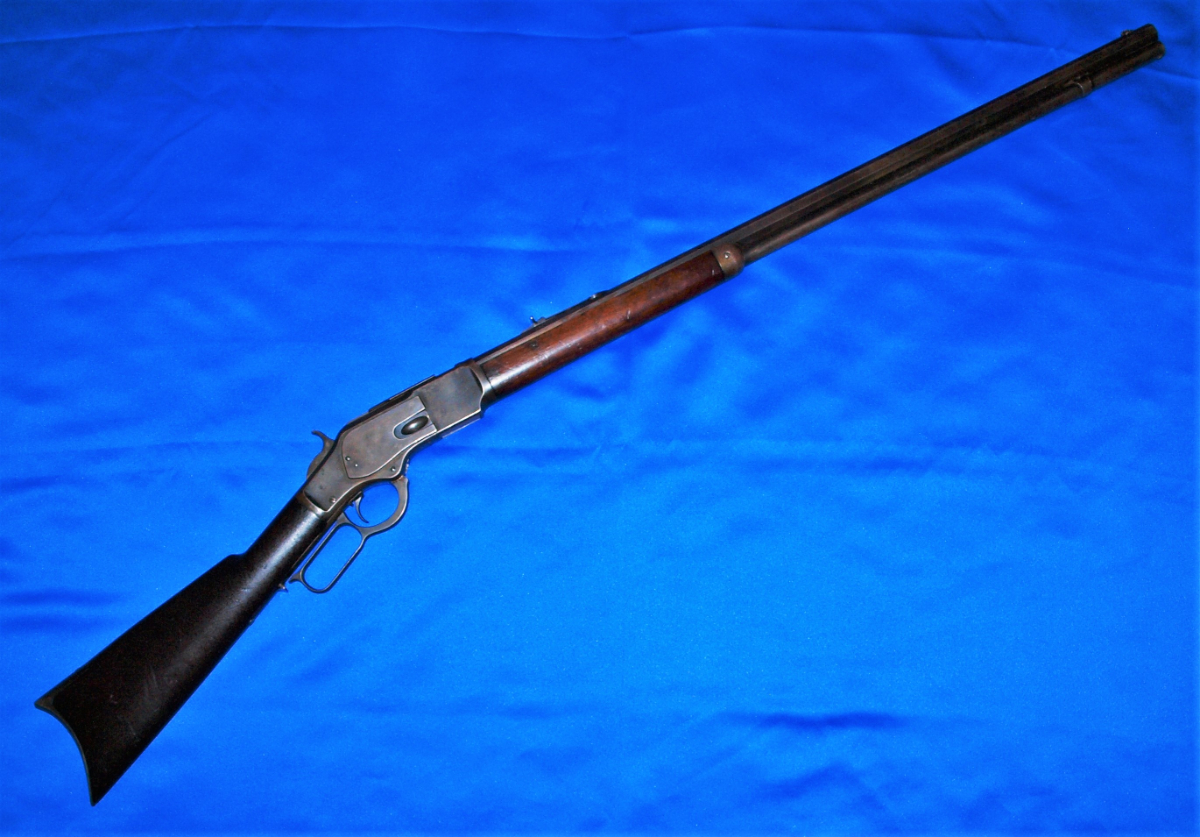
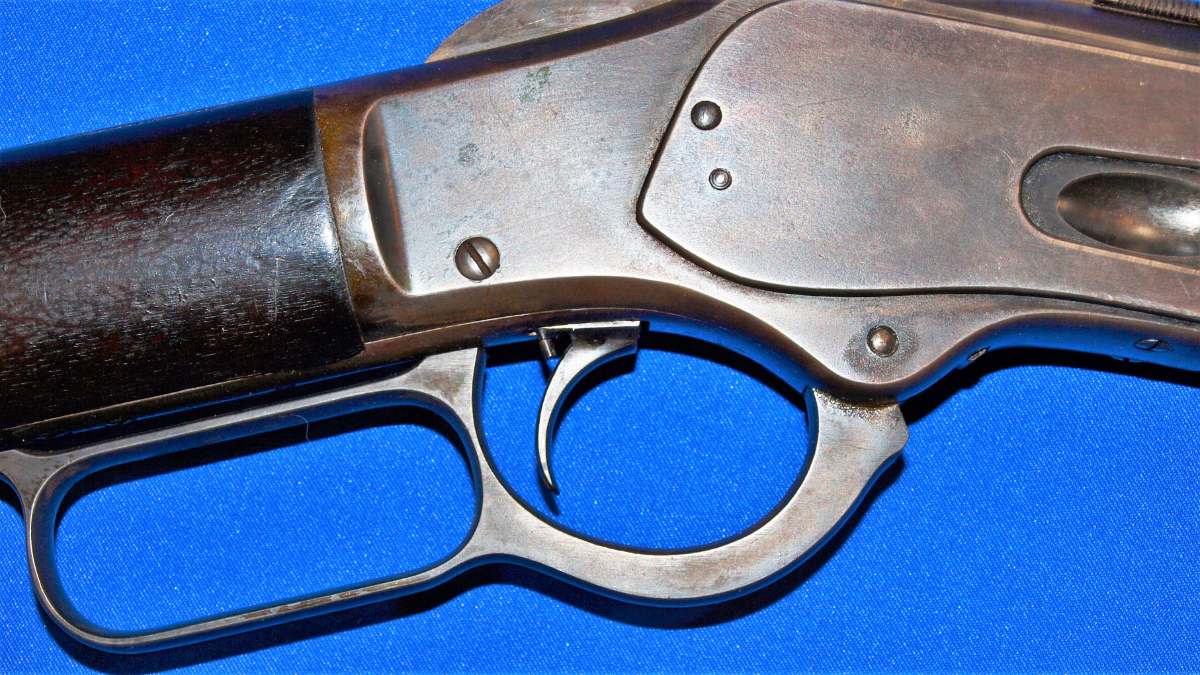
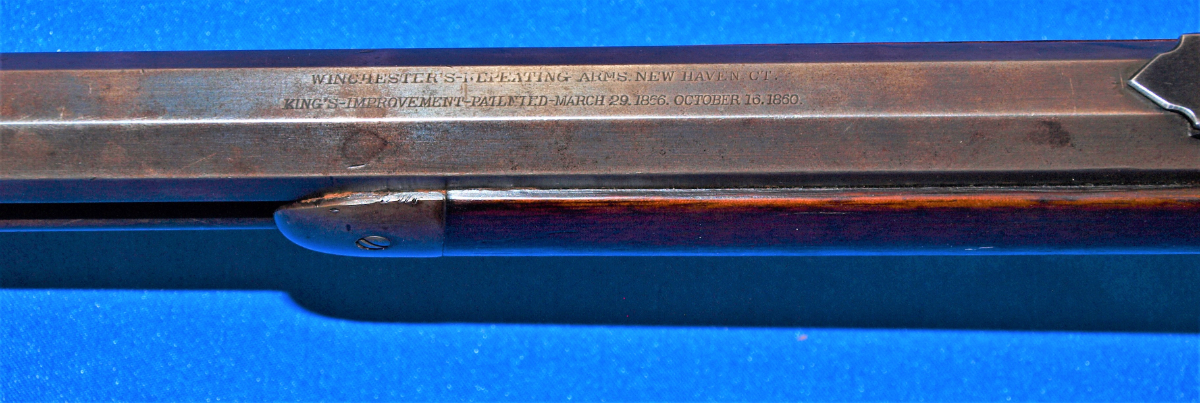
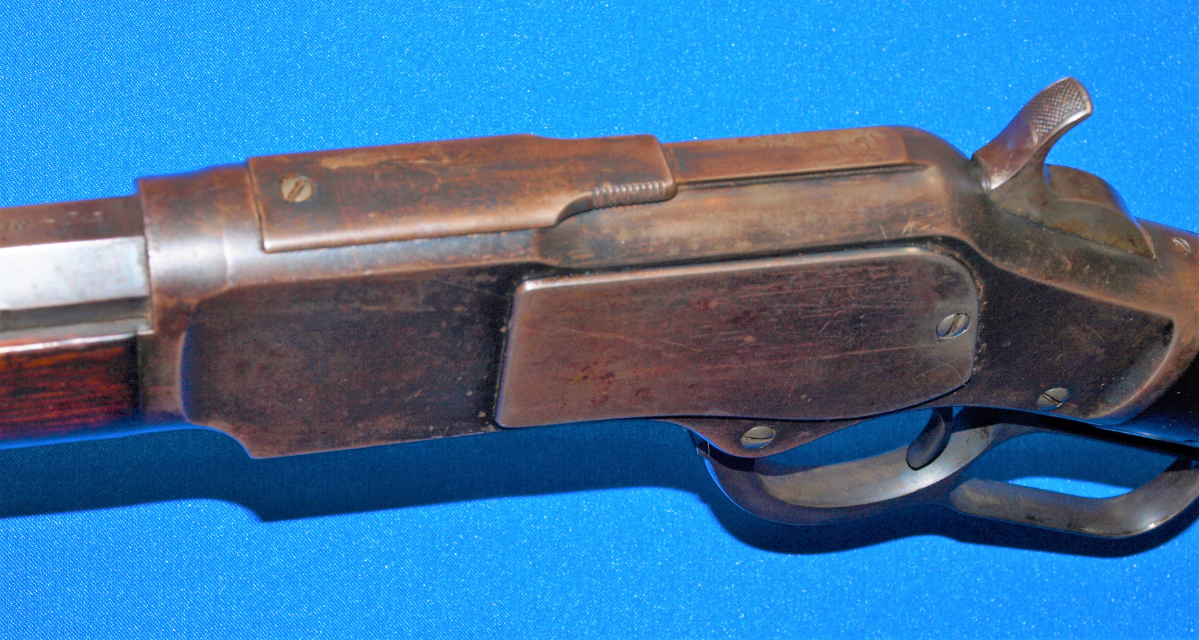
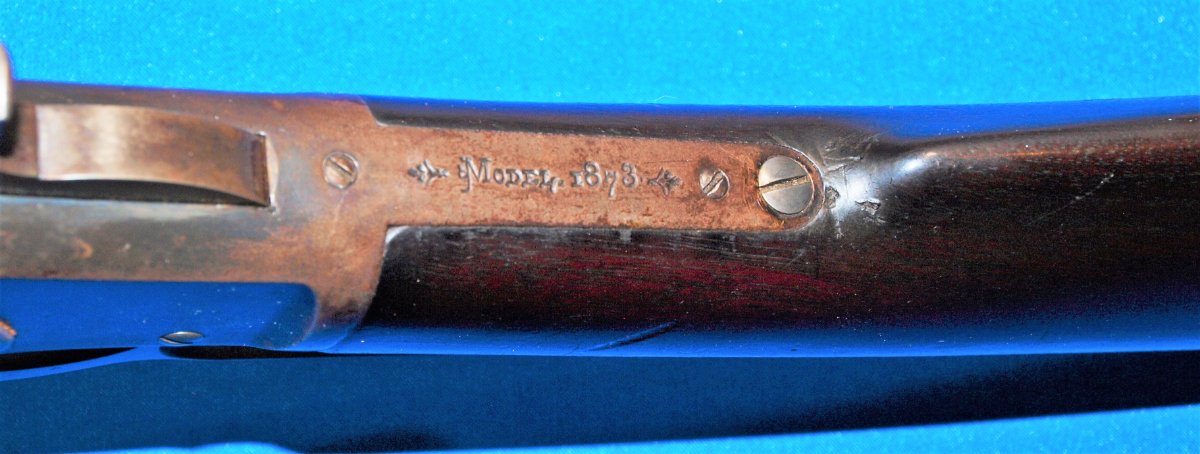
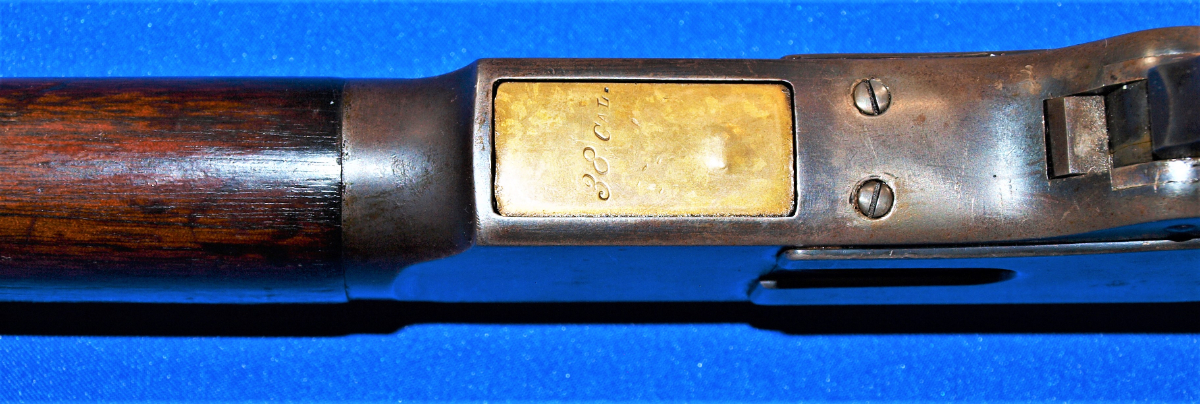
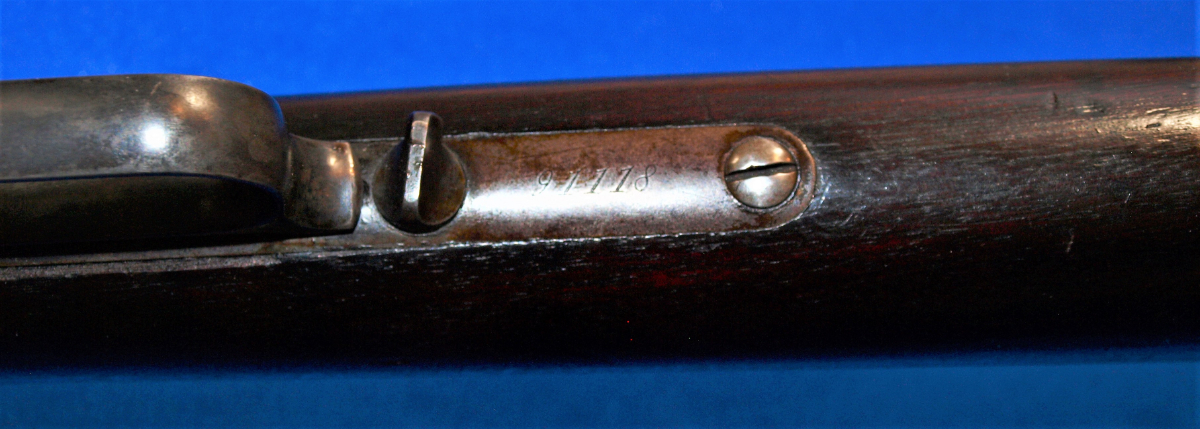



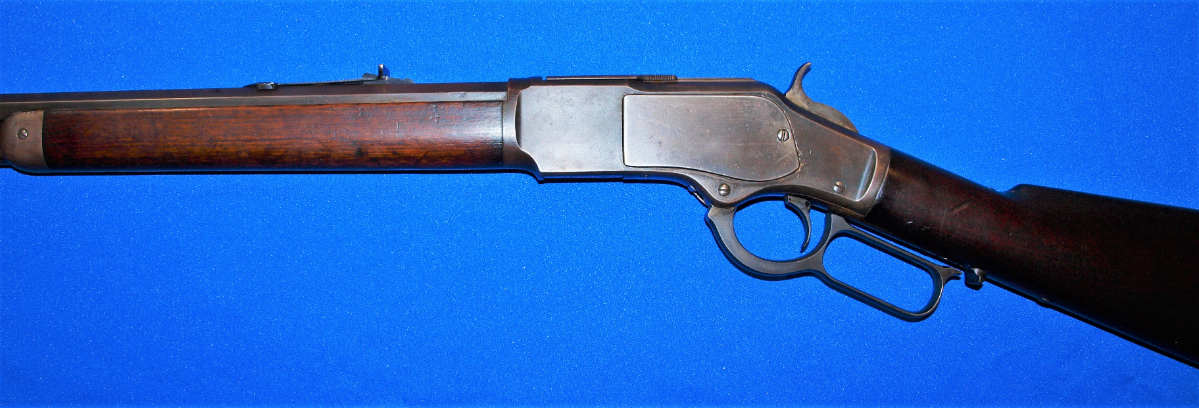

Rep. Andy Biggs (R-AZ) spoke with Breitbart News about the current push for gun control in the House and warned us to be ready to see gun controllers “go after ammunition and ammunition manufacturers.”
Biggs noted a number of gun controls have been passed by the Democrat-controlled House, and even though those controls have not passed the Senate he believes the House will pass even more.
He explained, “I expect some additional gun control legislation to come out of the House. I expect there will be an attempt to do an ‘assault weapons’ ban, I think they’re going to continue to try to eliminate liability protections on gun manufacturers, and I think they’re also going to go after ammunition and ammunition manufacturers.”
Biggs then talked about gun control in the Senate, where he said, “When gun control reared its head again, after Uvalde, I expected 20 members of Senate Republicans to cave and give things like red flag laws and whatever else that the House pushing. But I’m sure what, if anything, is going to get out now, because it has taken so long and they have no language.”

Rep. Andy Biggs, R-Ariz., speaks during the Due Process Denied news conference on the January 6 trials and DC jail treatment outside the Capitol on Wednesday, June 15, 2022. Rep. Louie Gohmert, R-Texas, is in the background. (Bill Clark/CQ-Roll Call, Inc via Getty Images)
He added, “When you have no language to look at, they start working off what is called a framework, and that leads to infighting where some Senators want certain things but not other things, and that indicates a lack a consensus.”
And Biggs stressed the more time passes the less chance there is consensus will occur.
He also noted the way Sen. John Cornyn (R-TX) was booed on Friday at the Texas GOP Convention, and said, “That response indicates that gun owners are not real pleased with the Republicans that are undermining the Second Amendment.”
Biggs emphasized the launch of a watchdog group, the Arizona Second Amendment Coalition, a coalition of people he has pulled together to stay on top of the fight for Second Amendment rights.
Members of the coalition include elected officials, student advocates, individuals who work in the firearm industry, and members of pro-2A groups like the DC Project, among others.

Rep. Andy Biggs, a Republican from Arizona, listens during the Conservative Political Action Conference (CPAC) in Dallas, Texas, U.S., on Friday, July 9, 2021. (Dylan Hollingsworth/Bloomberg via Getty)
Biggs said, “We’re trying to make it a broad-based coalition where we talk about challenges to the exercise of Second Amendment rights. Whether that is an ATF challenge, something the Biden administration is doing, or what policies–local, state, and federal–that may either positively or negatively impact the Second Amendment.”
On January 3, 2022, Breitbart News reported Biggs stressing that carrying a gun for self-defense is part of being a “free American.”
Biggs said, “When you start talking about my wife or me or someone else, we’re talking about self-defense, and the first liberty is the right to life. So, if you can’t defense yourself against the bad guys you start looking like the 12 cities in America that have the highest homicide rate in their history.”
He then added, “You don’t want to look like that. You don’t want to look like Venezuela. You want to be a free American and the way to be free and reduce crime is to allow people to carry guns.”
AWR Hawkins is an award-winning Second Amendment columnist for Breitbart News and the writer/curator of Down Range with AWR Hawkins, a weekly newsletter focused on all things Second Amendment, also for Breitbart News. He is the political analyst for Armed American Radio and a Turning Point USA Ambassador. Follow him on Instagram: @awr_hawkins. Reach him at awrhawkins@breitbart.com. You can sign up to get Down Range at breitbart.com/downrange.
